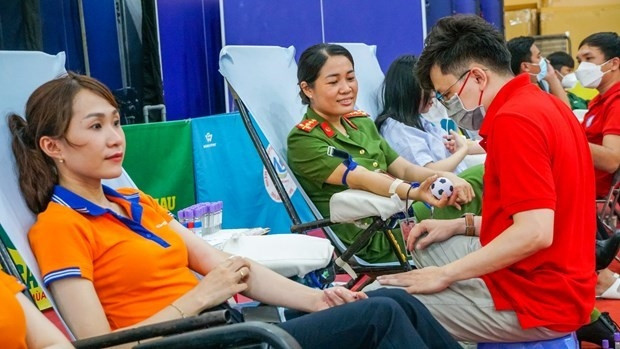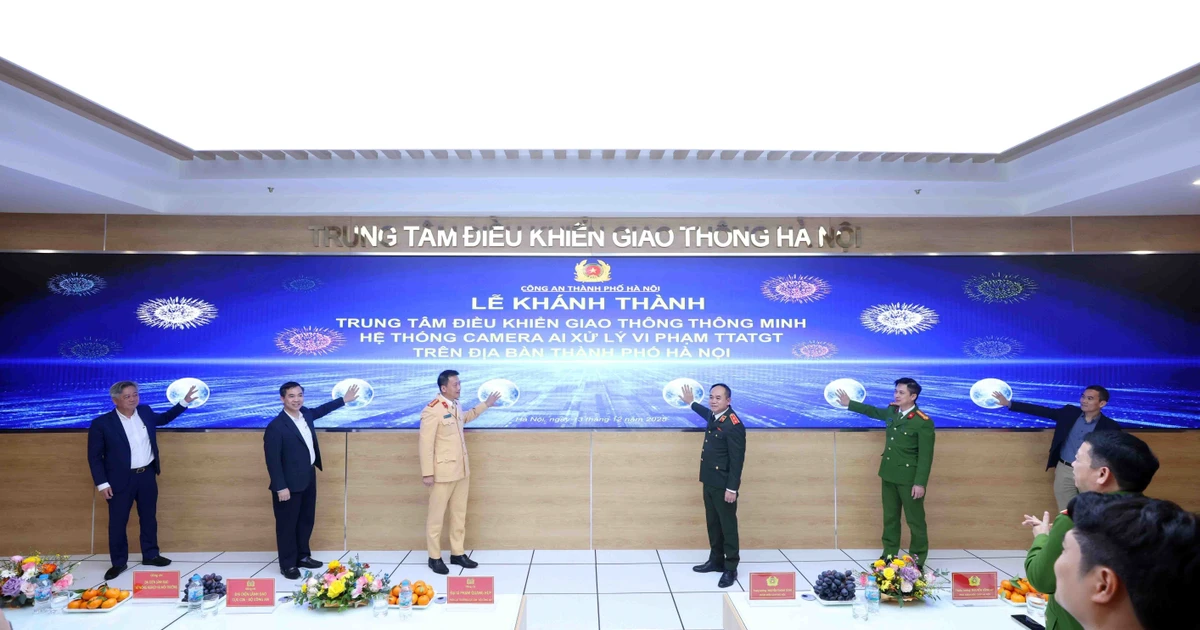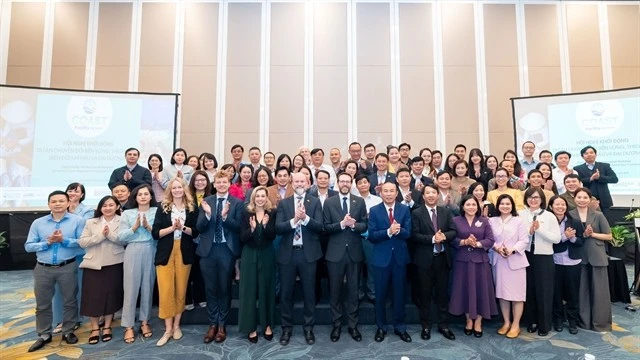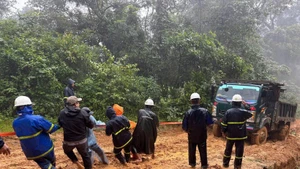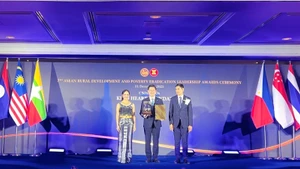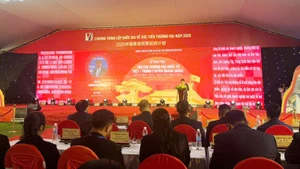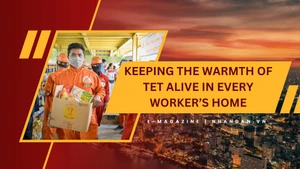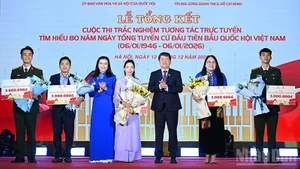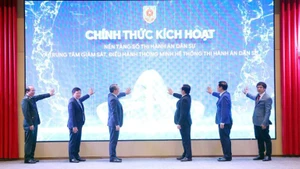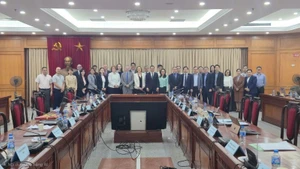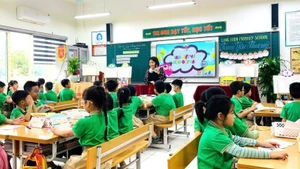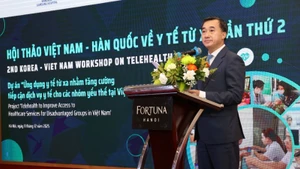The campaign also helped expand the number of blood donors; raised the public’s awareness about thalassemia prevention and educated the younger generation about the tradition of national history and the love for the community.
It is also an opportunity for the local health sector to practise and master the process of organising blood donations in large quantities and receiving blood safely in the context of COVID-19 prevention and control.
Participants heard about the developments at a recent conference held to review 10 years of the Red Journey with the theme “Connecting Vietnamese blood” in Hanoi.
Speaking at the event, Deputy Health Minister Tran Van Thuan said that for the past decade the Red Journey had received responses and active participation by 58 provinces and cities nationwide, receiving nearly 700,000 blood units with great human values and contributing to the cause of people's health care.
“I highly appreciate activities and initiatives that the National Institute of Hematology and Blood Transfusion (NIHBT), the Steering Committee for Voluntary Blood Donation at all levels have carried out to promote the country’s blood donation movement more and more practically, effectively and sustainably. Many annual blood donation events like the Red Spring, Red Sunday or Red Journey festivals have contributed to spreading the voluntary blood donation movement to the community,” said Thuan.
He also asked the Red Journey Organising Committee to continue to expand the campaign to many localities; taking the support of the whole society as the driving force, creating interesting communication to attract the community and people to participate in blood donation.
“Vietnam has more than 96 million people while we receive more than 1.4 million units of blood each year. It means that there are still patients who have not had the opportunity to access a safe and quality blood source and there are still children and mothers waiting for a blood transfusion,” said Thuan.
The deputy minister also called for further attention and support from the ministries, branches, organisations, local authorities at all levels and people from all walks of life to continue joining hands with the health sector in voluntary blood donation activities and health care and protection for themselves, their families and compatriots.
In efforts to address the blood shortage every summer, the NIHBT and VTVCorp JSC jointly organised the first Red Journey in 2013, collecting more than 17,500 units of blood in 15 provinces and cities after 22 days with support of 100 selected volunteers.
Each year, the Red Journey sets new records for the number of organisation days, the number of participating localities and the number of collected blood units.
In 2022, the Red Journey marked a new record of 46 provinces and cities participating in 60 days, organising 507 main blood donation points and receiving more than 120,000 blood units, seven times higher than in the first year of organisation.
“The amount of collected blood not only contributes to ensuring a blood source for emergency and treatment in localities during summer, but also contributes to blood regulation on a national scale. For the first time, nearly 17,000 blood units of the Red Journey in 2021 (including 14 units of rare blood) promptly provided aid to overcome the blood shortage during the peak of the COVID-19 pandemic in the South,” said Dr Bach Quoc Khanh, NIHBT Director and head of Red Journey Organising Committee period 2018-2022.
“The Red Journey has mobilised and gathered a variety of forces to participate in blood donation. It has called for the attention of leaders at all levels and maximum support of community.
A decade of endurance with 58 provinces and cities participating, 700,000 received blood units, Red Journey has gone beyond the limits of a mere blood donation campaign, and become a humane social activity," added Khanh.
